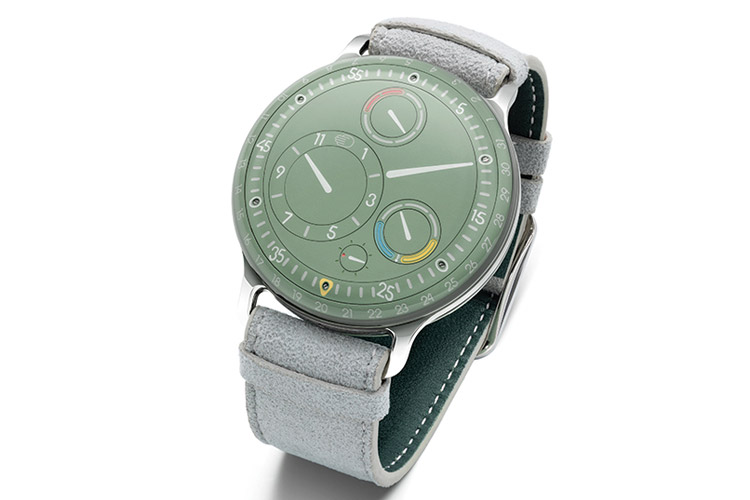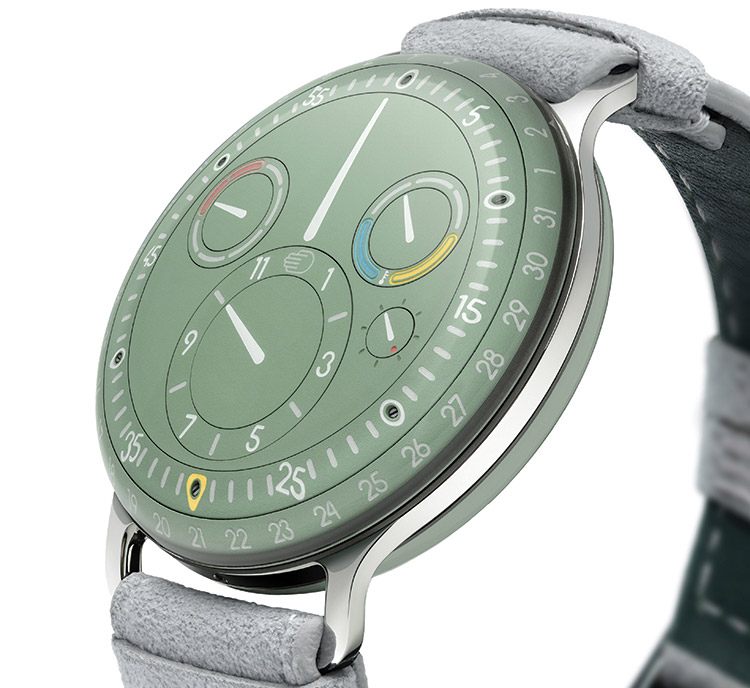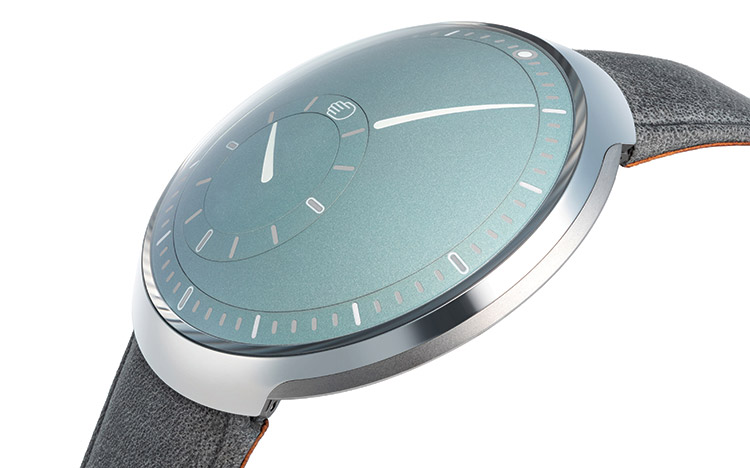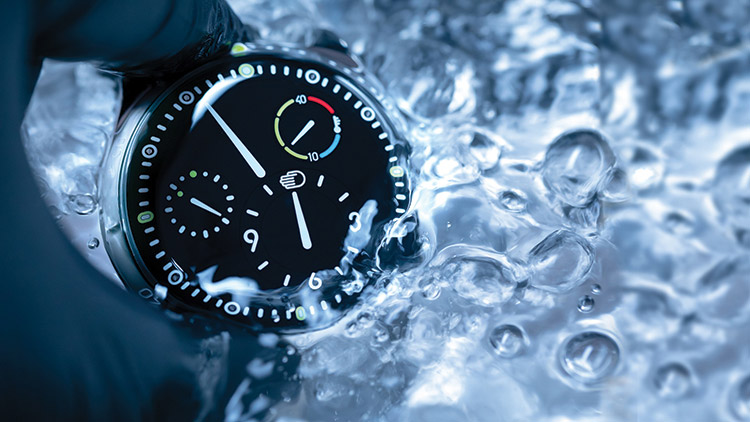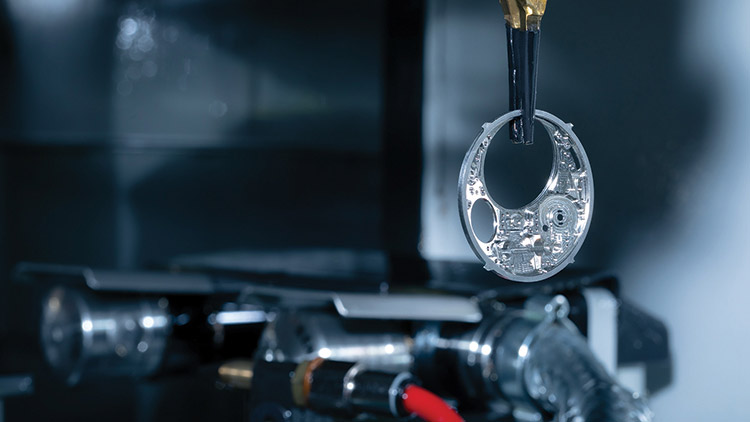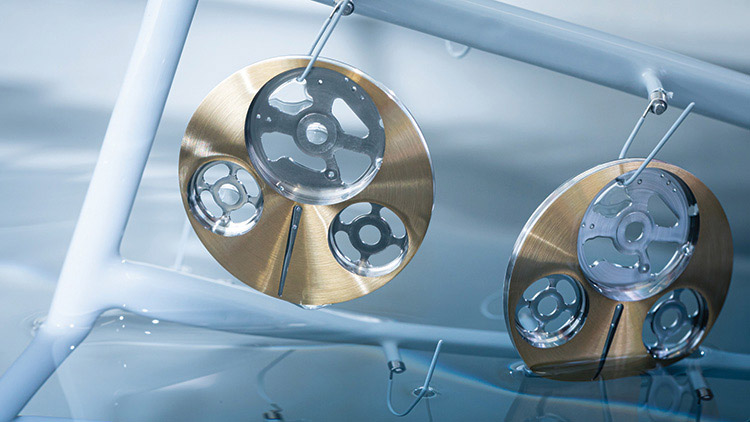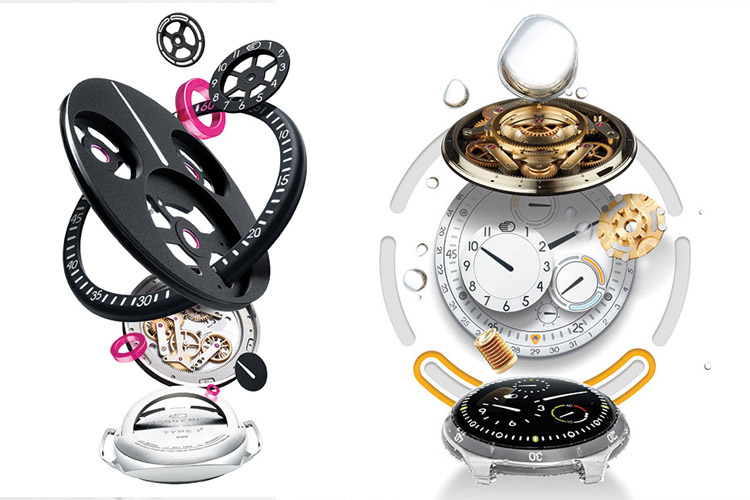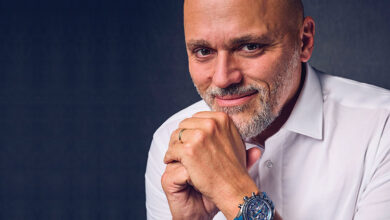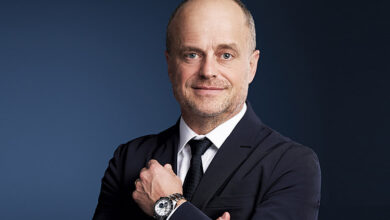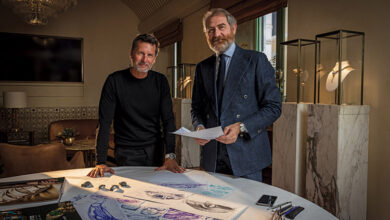Ressence: Where design meets horology
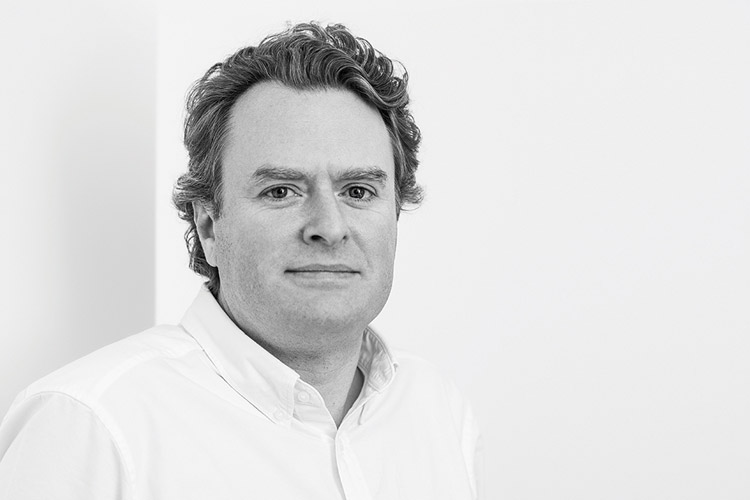
In this series that is featured every month, “Day & Night” focuses on individuals or brands that have impacted the world of haute horlogerie positively… In this issue, our focus is on Ressence, a brand that debuted a pathbreaking concept – summed up by its motto #AheadOfTime – replacing the conventional horological hands with rotating discs for an intuitive reading of the Time. Benoît Mintiens, the founder and creative mind behind Ressence, has a background in industrial design and is a gifted watchmaker.
Ressence’s starting point is the deconstruction of the traditional watch in order to express time in the purest possible way. Ressence’s creations make it very clear that they are first and foremost the product of an avant-garde designer. Benoît, before his foray into the world of haute horlogerie, was an industrial designer by profession. “Before I started Ressence, I worked as an industrial designer and consultant. I studied industrial design and worked in the field for around fifteen years. Simultaneously, I also did an MBA.”
Playing / Learning with design
Benoît did not specialise in any particular branch of design; rather, his studies gave him a broad base on which to build. “Actually, we were taught the methodology of design in my school. Afterwards, I worked as a consultant for a company that made many products; about half its business was in transportation. That meant trains, buses, trams, and so on; we designed all of these. I designed the interior of an airplane, at one point. While the company itself was very transportation-oriented, my job in the company was more of a generalist designer; broader in that sense, so I also designed medical devices, shotguns, furniture, leisure wear, petrol stations, smartphones, vacuum cleaners, fridges, air conditioners, and so on. It was a long career, and my work was very varied.”
A designer to the core, Benoît did not find the wide range of his tasks exhausting. Rather, he seems to have thrived on it. He explains, “The common link between them all is the way you do it. The end product is a consequence. Of course, you need to understand the business you are in. For example, the first time I had to design a smartphone for LG, I had to understand what was inside, how it worked, what was the technology used, what was possible, how big could it be, and so on.”
“For another project, I had to design products for a BBQ company that wanted a new set of barbecues. I went to their factory to understand what kind of machines they had. There is no point in designing a product if they could not make them with their machines. I had questions, such as ‘Which one is the most efficient machine?’ ‘Which processes are most efficient?’ Because in the end, as a designer, you’re just an investment for your client. They see you as a return on investment, and so you really have to consider all these aspects. Otherwise, you can design a very nice looking product, but if it’s too expensive to produce, they will not make it. You have to have a very broad approach; there are numerous dimensions a designer has to think of when designing a product and that’s the same for watches; that’s what attracted me to watchmaking.”
Entering horology
Watches had always had a fascination for Benoît, right from his childhood. He even remembers cutting out pictures that featured the watches he liked from magazine advertisements or articles. But his actual entry into the world of watchmaking was triggered when “A friend actually got me into watchmaking because he asked me to design a watch for him. Though that is how it started, the project never took off, but it took me to Baselworld, and I was impressed with the display of opulence. I came from a business where I had attended a huge number of trade shows from vastly different fields, and I had never seen such a luxurious show. Shows where they sell buses, vacuum cleaners, medical device, or even airplanes are not this luxurious.”
Baselworld – a push
It was around 2007 or 2008, just before the financial crisis, that Benoît first attended Baselworld. He went back the next year as he wanted to meet Felix Baumgartner, co-founder of URWERK. But Felix was not there, and he met Yacine Sar who now heads communications for the brand. “The independent brands were very small organisations, and they just had a table, two chairs and showed one watch on the table. I talked to a few of them, and it opened my mind. Because I am from Belgium and, at that time, I knew no one in the watch industry, my knowledge of the industry was poor. I was under the impression that the idea of establishing a watch brand by myself was not realistic. It was something impossible because the brands I knew were the big brands that everyone knows. I thought you needed to be at least 100 years old, have 5,000 people work for you, and have 23 factories around the world. It was impossible for me to imagine that an individual could have a watch brand on their own. But then I came to Baselworld, and I saw these independent brands that were just one guy alone or with a partner showing their watch.”
“I asked them, ‘How do you do it?’ ‘Are you alone?’ They said, ‘Yes, I am a watchmaker. I make my watch. Well, I design it and then send the drawings to different subcontractors that make the components. I then assemble them and sell them.’ It was an eyeopener for me to discover that it was actually possible to have a brand on your own.” It was that same year that Benoît met Denis Giguet, founder of MCT, who was launching the brand. “I remember telling him, ‘Well, next year, I will sit here too.’” It was then that Benoît buckled down to the task of transforming the ideas that he had into physical watches.
“Finding the resources to make a watch and finding the people who could make it were my biggest challenges. I needed to not only find people who could make the components but also ensure they could do so within my budget and in small quantities – only five of each. Benoît planned to take a patent on the technology he had perfected. “I needed to take the national patent as late as possible just before I went public because the law requires a waiting period of 12 months before granting the option of expanding your patent internationally, and it is an expensive proposition.”
Creative inspiration
Ressence website explains that their watches “Represent an independent way of thinking about fine watchmaking – no less expertly hand-crafted, but with an industrial design approach that seeks to be progressive with a clear, graphic aesthetic that is decidedly 21st century.” Benoît, when asked about how he was able to come up with a watch that is extremely different from anything anybody has done before, explains: “When it’s your job to be creative, you suck in a lot of stuff all the time. When you have a problem in front of you, you ask yourself, ‘What would be the solution?’ And that is where the creative process starts. So many people ask me where my ideas come from, and this is the best answer I can give you. Actually, what I did was that I translated the efficiency of a screen onto a dial. Reading on paper is super-efficient, but that’s static. The screen on your phone, for instance, is dynamic, so it is a bit similar to paper, but dynamic. A watch is dynamic because it changes all the time as the hands are changing and moving. I wanted something flat because it’s easy to read, but it had to be mechanical, because I believe that a mechanical watch is better than a digital one. The idea was really to make a mechanical screen; that’s where the basic idea of Ressence comes from. In the very first watches that we did, the dial was flat, but now it’s curved.”
No crown
A pioneering feature of Ressence watches is the absence of the crown – a major rule of watchmaking that Benoît broke with. When queried, he explains, “Our first watch still had a crown. In the first Ressence watches, the crown and the movement were attached to the case, whereas now they are attached to the caseback. One day I delivered my first watches to Chronopassion in Paris, France. Shortly after, I got a call from one of the sales ladies and she said, ‘Benoit, I like your watches, but I broke my nails when I set the time.’ I was really annoyed that I had never thought of that and embarrassed since their support meant a lot to me. I had been so happy that Chronopassion had agreed to display my watches. It was a beginning and, as they are a big name, this was a crucial step for me. I was really scared and so, I offered a manicure to all the ladies in the store to apologise. From then on, I made watches without crowns.”
Oil in a watch
Another ironclad rule of watchmaking that Benoît disregarded was that movements should completely be kept away from liquids. Some Ressence watches have oil in them and Benoît had a tough time explaining to his first suppliers what he required. He recounts, “I designed the watch completely – every part, every gear, every axle, every disc. I was in touch with all my subcontractors – the guy who made the gears, the one who made the axles, another one who did the discs, and so on.
“When I did the first oil prototype watch in 2012, the year before I launched the TYPE 3, one of my suppliers came to me and said, ‘Benoit, I think you made a mistake in your design.’ I said, ‘Oopsie, I hope it’s not too bad a one’. He replied, ‘Yes, it is; if I understand your design, you have the movement and then you have the dial on top, but your case is closed in between. There is nothing connecting the movement to the dial. So, how are you going to make the watch run?’ He did not understand that I planned to fill the watch with oil and that there would be a magnetic connection that would relay the information from the dry side to the side containing oil. Not the whole watch is filled with oil because we use mechanical movements, and the balance wheel cannot run if there is liquid. I had to keep the movement in the dry side, while the dial side has oil in it. The dial is composed of more components than the movement. The whole idea was to enable this transmission between the dry side and the oil side, and we did that with magnetic connection so that the oil side is sealed off hermetically from the rest. There’s no opening, it’s completely sealed off, like a compass.”
Vision for the future
Ressence produced 650 watches last year, but Benoît feels they can do a lot more. He feels that the brand can easily sell much more but they are not there yet, in terms of production. An increase of 400 pieces – a 70 percent increase – does not faze him. “There is an enormous difference between making 250 and 500 watches, but between producing 650 watches and 1,000, the difference is not so big anymore. Because we have already put in place the processes – the software CRMs, RFPs, all these – needed to deliver 650 watches. When you are producing only 250 watches, you don’t need all of these; you can still do it with an Excel file but at 650 watches, this is not possible anymore. You need to have software to help you and this software doesn’t care if it is for 650 or 1,000. You need more people of course – you need more watchmakers and more suppliers. The hurdle of getting to 650 was a tough one because the company had to be reorganised a lot in the past 2-3 years, but that is done now.
